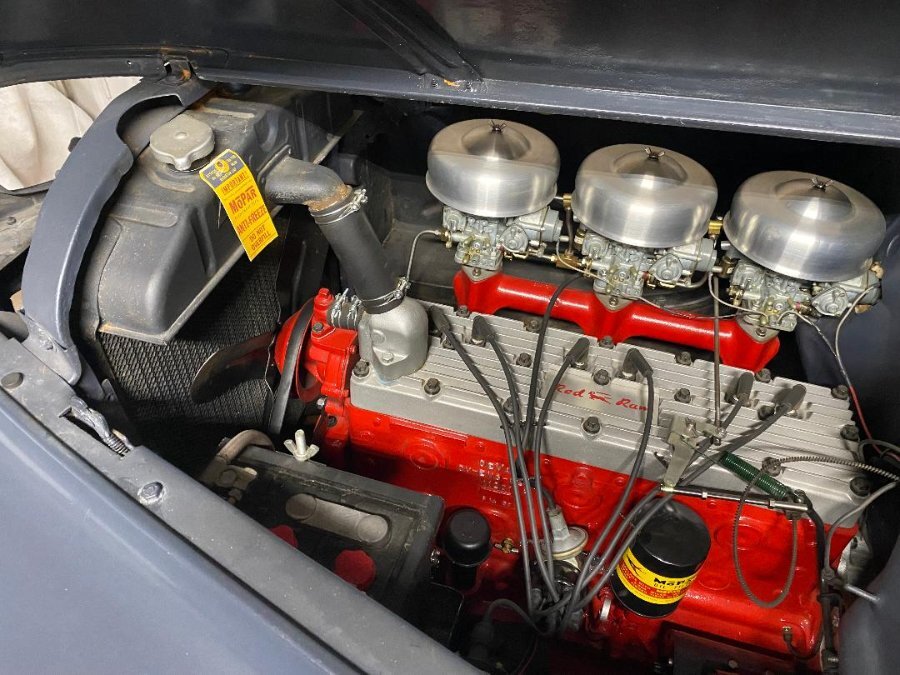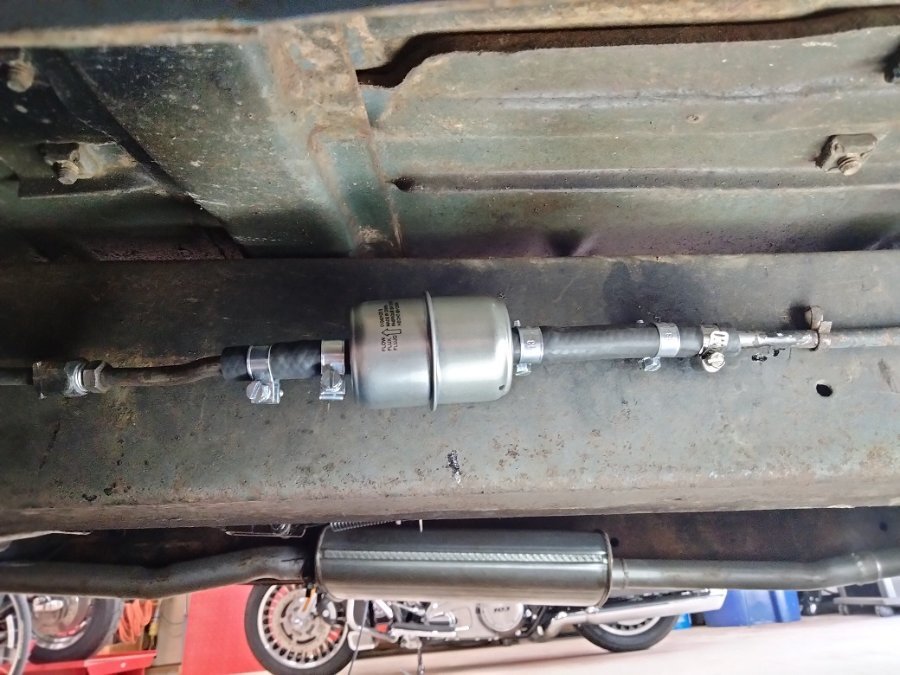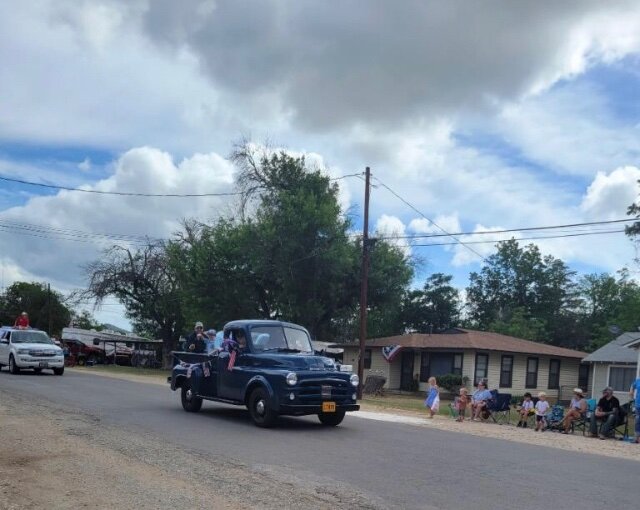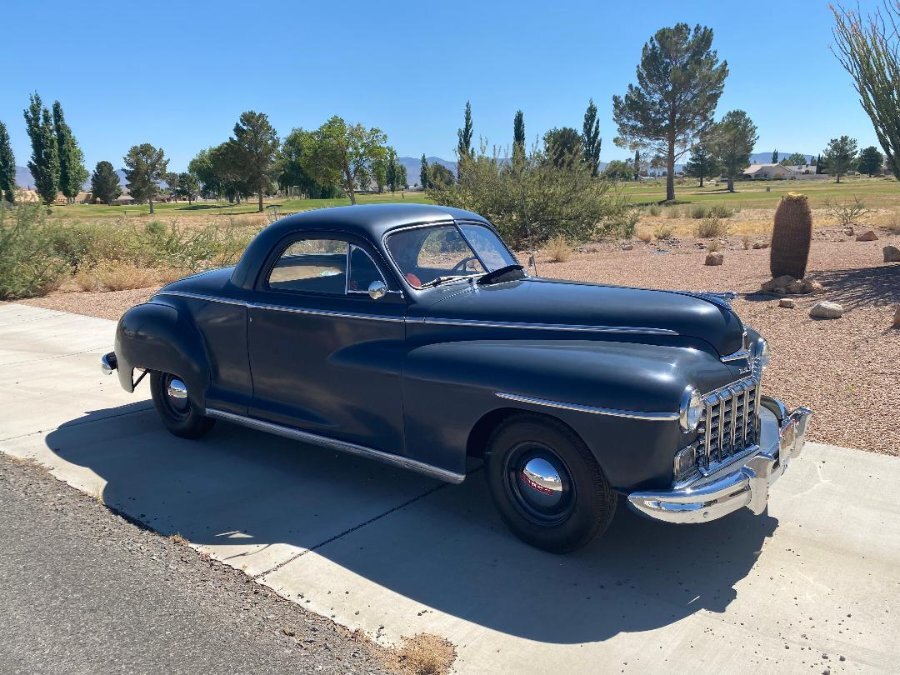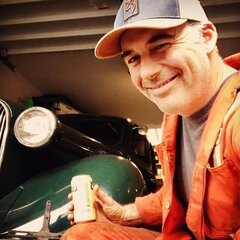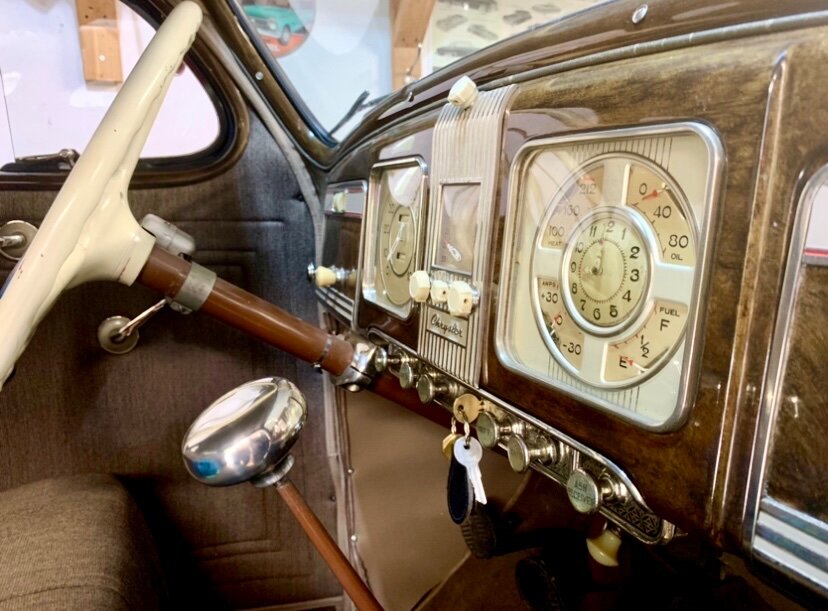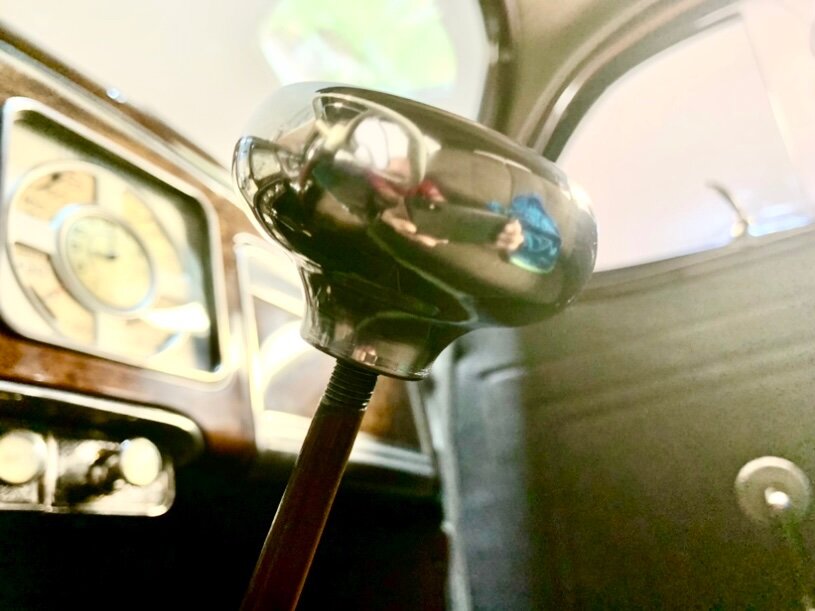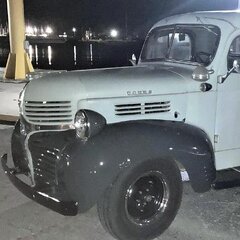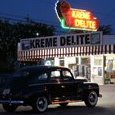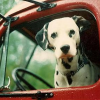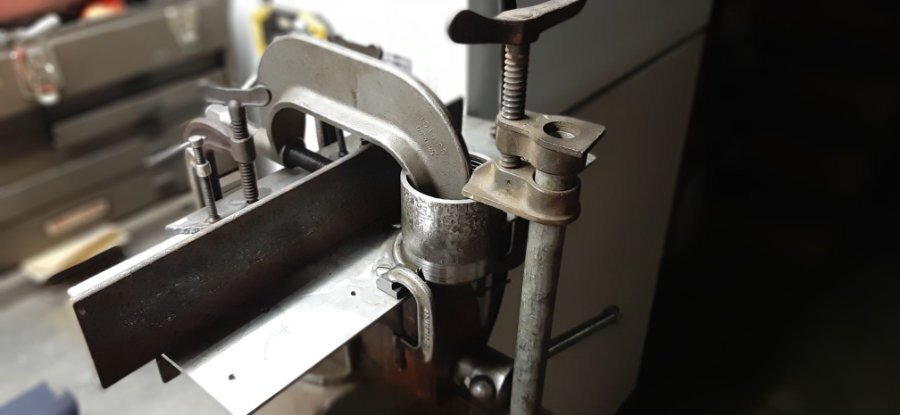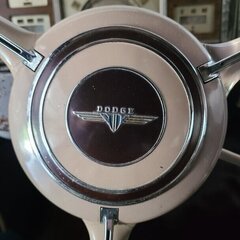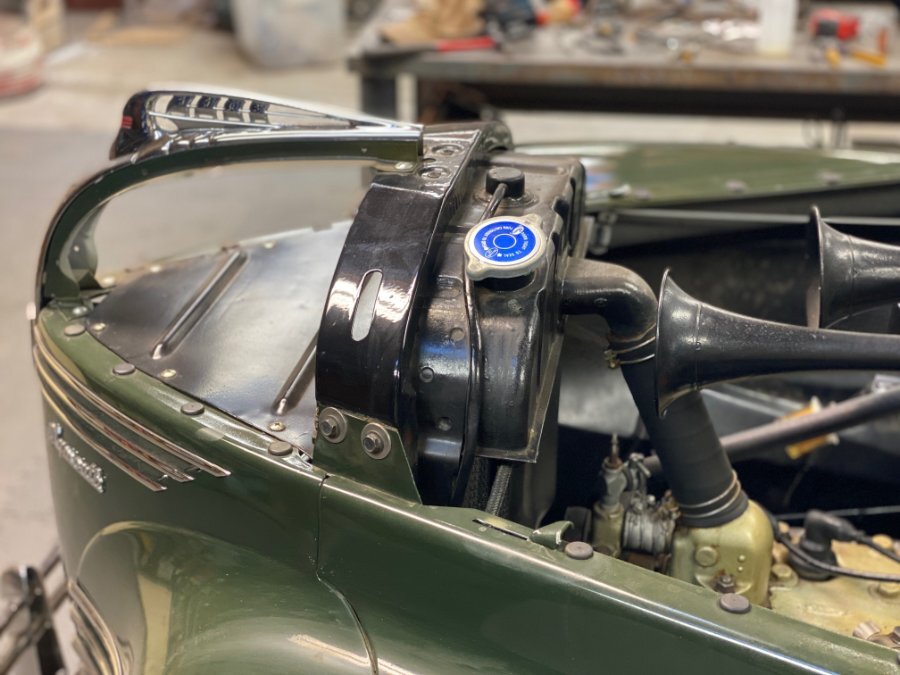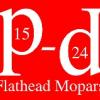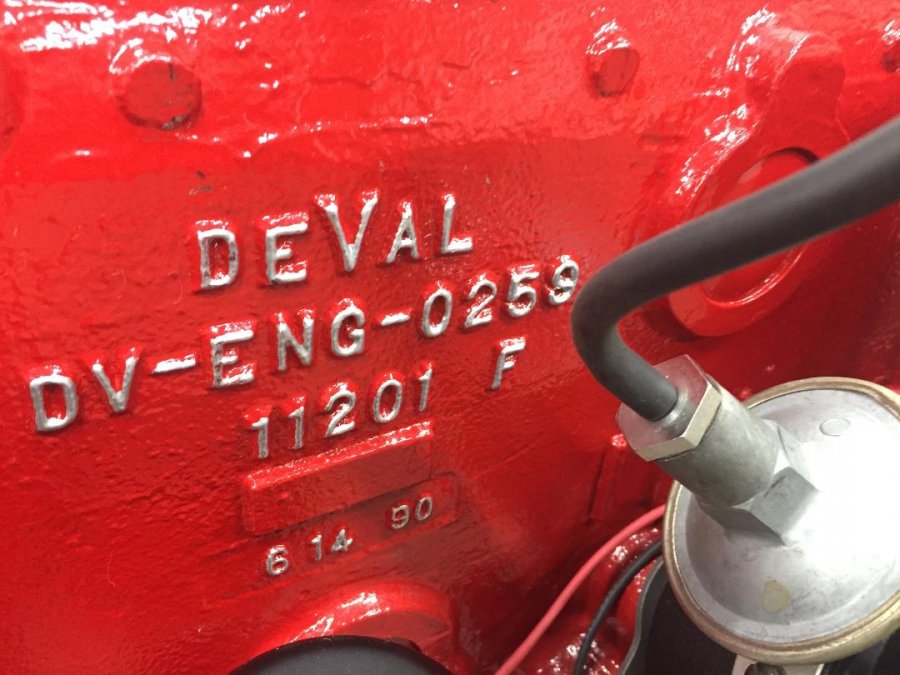Leaderboard
Popular Content
Showing content with the highest reputation on 07/04/2023 in all areas
-
3 points
-
The more I thought about putting the filter in the engine compartment, or above the exhaust manifold, the more I didn't like the idea. Too much risk for my taste. So I went the safer route and mounted a NAPA metal canister filter along the frame rail. This way if it ever leaks, I won't have to worry about a fire. Thanks for all your input.2 points
-
2 points
-
My ‘38 Chrysler’s original transmission shift knob is crumbling apart. I think its made from bake lite? Anyway, chunks are falling from it near the threads. I removed it to stow it away safely. My dear friend who has machining tools agreed to spin me up a new shifter knob from aluminum. He has some 3” round stock. The original knob is 2” diameter. I said lets try 2.5” diameter for my big mitts. He made me a wonderful polished aluminum knob. It fits my hand great and feels so extremely nice. Its so comfy and smooth. Like butter in my hand. He must have used 2000 + grit jewellers rouge or something. It’s so shiny and smooth. It’s not stock but I think I can overlook that. To say I’m pleased is an understatement.1 point
-
Not likely, but it's easy to see with a timing light. Should advance per specs with minimal drifting at set speeds. One thought since you're now using points. Examine the spring. Lots of reports of springs not closing them consistently, sometimes because the spring and conducting strap are separate and not both captured under the nut. But that should also be visible with a timing light. Missing ignition events at speed. IOW, light doesn't flash consistently with the rpm associated with your running issue.1 point
-
Nice fix from where you started you got it looking pretty straight. Most expect an old truck to show some character marks if it is a daily driver and are just happy to see it on the road. I'm sure you'll get plenty of thumbs up on it.1 point
-
Yep, that 225 psi rating should have an adequate safety margin. That is probably the hose Gates calls out for swaged hoses in the blurb I quoted above. On most of my automotive projects (and all aviation installations) I use stainless braided hose and AN fittings, but I went simple on the P15.1 point
-
1 point
-
Disconnect the filler tube from the body, loosen up the tank straps, connect the hose to both ends and shift the tank around so you can get the filler tube bolted back up. Then tighten up the straps and finally the hose clamps1 point
-
1 point
-
Or, just because 2 nuts are standard equipment for the majority of old car owners1 point
-
led bulbs for this are available for plug and play 6 or 12 VDC....you will likely need a ballast for the t/s to function or at minimum an electronic flasher.....many cars today have electronic flashers stock and easy to glean at a local wrecking yard or order from you favorite friendly but may have to have deeper pockets. If you are not familiar with automotive wiring you need to do a bit of research and read a few white papers, nothing hard at all about it, read a bit to get up to speed.....tons of information already for you to read without writing another here.1 point
-
There is a super massive black hole under my car. It sucks up fasteners at an alarming rate.1 point
-
That is a bubble that I would like to "live in"! What a beauty of a car. At 100 plus degrees no AC needed because the smile on your face keeps you cool! M1 point
-
Took the wagon for a 10 mile run yesterday -out in the country. It was 111 degrees here in sunny California. I thought it would be a good test of the Stant 4lb radiator cap I just installed. No over-heating. Hard to tell the exact temp from the 1940 dash gauge, but my infared gun showed about 200 degrees at the top of the radiator and 155 near the bottom. The real test might be idling in town. The plastic Fram G2 fuel filter wasn't percolating the gas. I definitely will be installing a metal filter elsewhere after reading this thread! Just for yucks, I tried to find out what at what temp a quality plastic fuel filter would begin to fail (melt), but I guess they don't want you to know. I'll save my supply of Fram G2s for the lawn mower!1 point
-
In 2018 we took a trip to either a POC or WPC event somewhere near Detroit. We stopped for gas near Port Huron. As I pumped gas, a small puddle was forming on the drivers side of the car. Turned out the all metal Napa gas filter was spraying a fine mist of gas from the crimped seam holding the halves together. Swapped it out and continued with no further issues. Wondered why our normal 18 mpg has dropped to just under 15. Moral of story, don't take these things for granted. Takes quick look every other time you fill up. Glass, plastic, and metal all have failure points.1 point
-
First, never use the plastic filters in any under hood installation. They will melt and leak. Ask me how I know. Second I mounted my glass filter directly to the carb fuel line inlet. Easy to see and service, away from the exhaust manifold heat. The fuel line gives it extra support.1 point
-
1 point
-
1 point
-
The DeVal Corporation is a 65 year old Philadelphia based manufacturing firm that primarily does work for the U.S. Department of Defense. The majority of their business is involved with support equipment for military aircraft. During the mid-'80s thru the early '90s they had a U.S. Navy contract to supply QEC (Quick Engine Change) power plants for JG-75 aircraft tugs. These replacements were to be "ready-to-install" engine/transmission packages for these tugs, which were at naval air stations all over the world. These QECs were to be dyno tested before they were shipped to the customer. This contract involved industrial engines manufactured by Chrysler, Ford, and International that were installed in these JG-75s. The 'raw material' core parts for the Ford 302 and International 345 motors were still being made, and readily available. The Chrysler L-head engine was a whole different matter! As many of us know, these blocks had last been cast at the Windsor ON foundry in '59! Chrysler said that they were unable, and could not produce these 265 engines anymore. DeVal suggested that they could easily supply either 225 Slant-6 or 318 V-8 Industrial QECs to replace the Mopar Flatheads. That was unacceptable to the Navy procurement group. They wanted "exact" replacements for their Chrysler Industrial IND-32 265 engines. DeVal told them that their Chrysler L-head decision would be VERY expensive, as they would have to 'reverse engineer' many of the key component parts - and in particular the block. The U.S. Navy said go ahead, and DeVal went on to produce several hundred IND-32 clones, with (YES!!!) 727 Torqueflites.1 point



